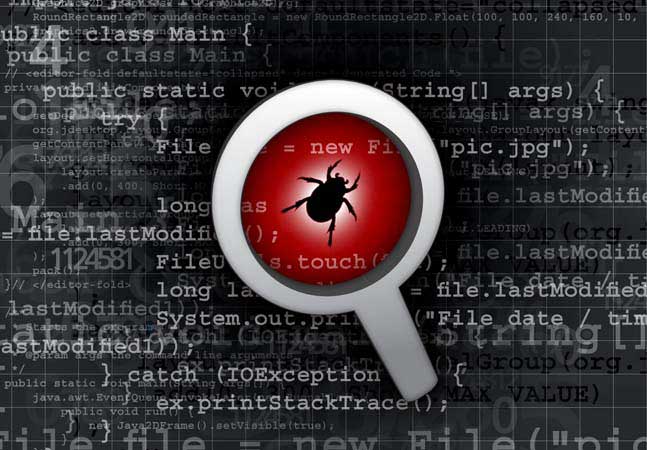
This week brings Exchange Online news regarding Basic Authentication, plus a September cumulative update delay for Exchange Server.

The Exchange team at Microsoft posted an announcement on Wednesday acknowledging "ProxyShell" threats and urging organizations to keep Exchange Server up to date with the latest cumulative updates and security updates.

Security researchers are seeing the appearance of LockFile ransomware deployments after attackers gained access to Exchange Server via a so-called "ProxyShell" vulnerability.

Recent scanning for a "Critical" remote code execution vulnerability (CVE-2021-34473) in Exchange Server, dubbed "ProxyShell," has been detected by security researchers.

The Biden administration released a statement on Monday naming the People's Republic of China as responsible for widespread cyberattacks that notably targeted Exchange Server users.

Microsoft on Wednesday announced another update on its plans to end the use of Basic Authentication with the Exchange Online e-mail messaging service.

Microsoft on Friday announced a coming delay in delivering this month's Exchange Server cumulative update (CU), which is being done to improve the security of those e-mail messaging products.

Just four CVEs were described as "Critical" in severity. Also included in the May bunch were patches for 50 "Important" vulnerabilities, plus one deemed "Moderate."

Microsoft this week announced the "general availability" commercial release of the "new" Exchange Admin Center management portal, a browser-based means for managing Exchange Online environments.

The U.S. Federal Bureau of Investigation (FBI) has deleted Webshells on Hafnium-compromised Exchange Server installations across the country, and is now sending notices to victim organizations, according to a Tuesday announcement.

Microsoft released security updates for 114 common vulnerabilities and exposures in its software products, while also publishing a supplementary note urging organizations to apply the new April Exchange Server "Critical" patches "as soon as possible."

A key part of an organization's ransomware-prevention strategy is creating Exchange mail flow rules that take action against messages that are likely to contain ransomware.

Microsoft on Thursday published a comprehensive description of the Exchange Server attack methods currently taking advantage of four zero-day flaws in those products, and offered extensive advice.

Microsoft on Thursday clarified that organizations running Exchange Server can get automatic security mitigations against Hafnium attacks via Microsoft Defender Antivirus.

The Microsoft Security Response Center team on Tuesday issued "Guidance for Responders," which provides more advice on how organizations can respond to the recent attacks that are leveraging Exchange Server zero-day flaws.